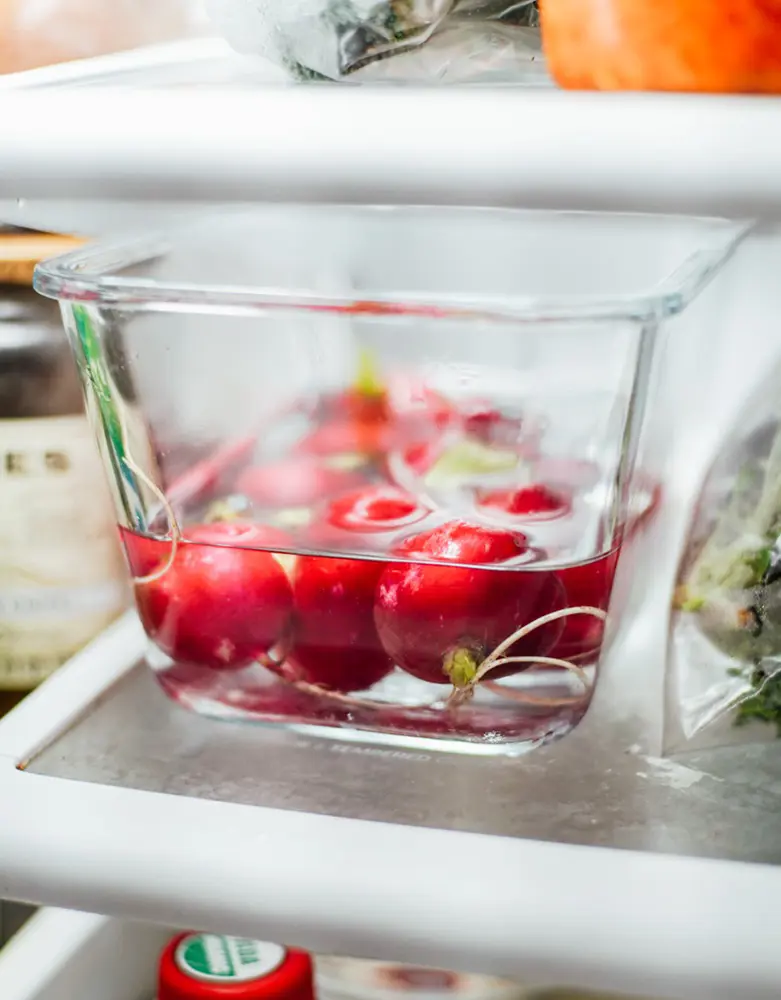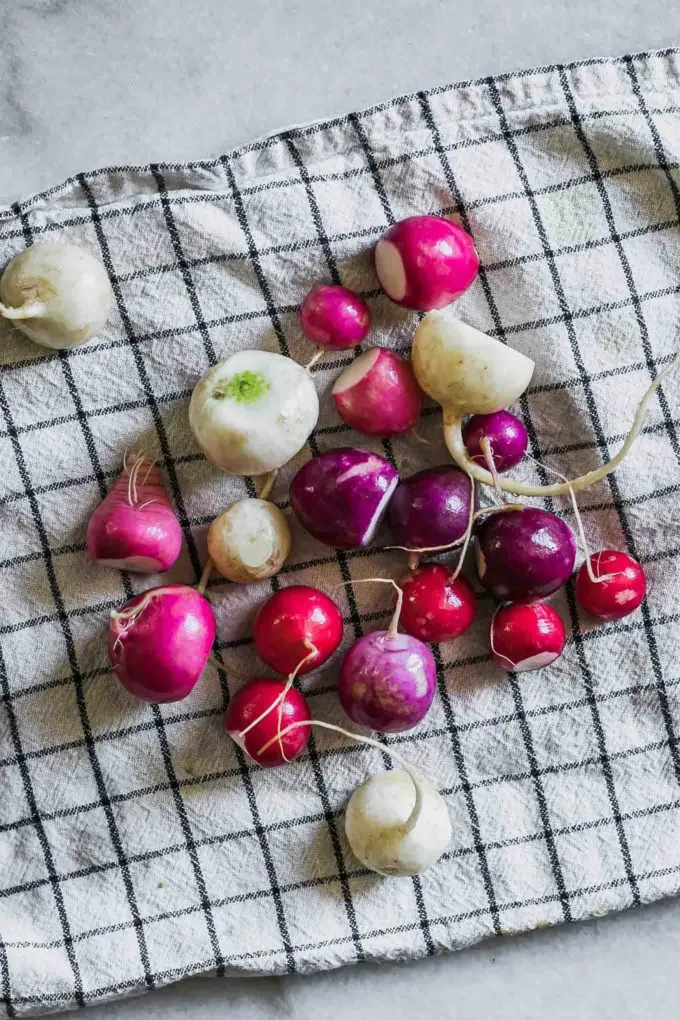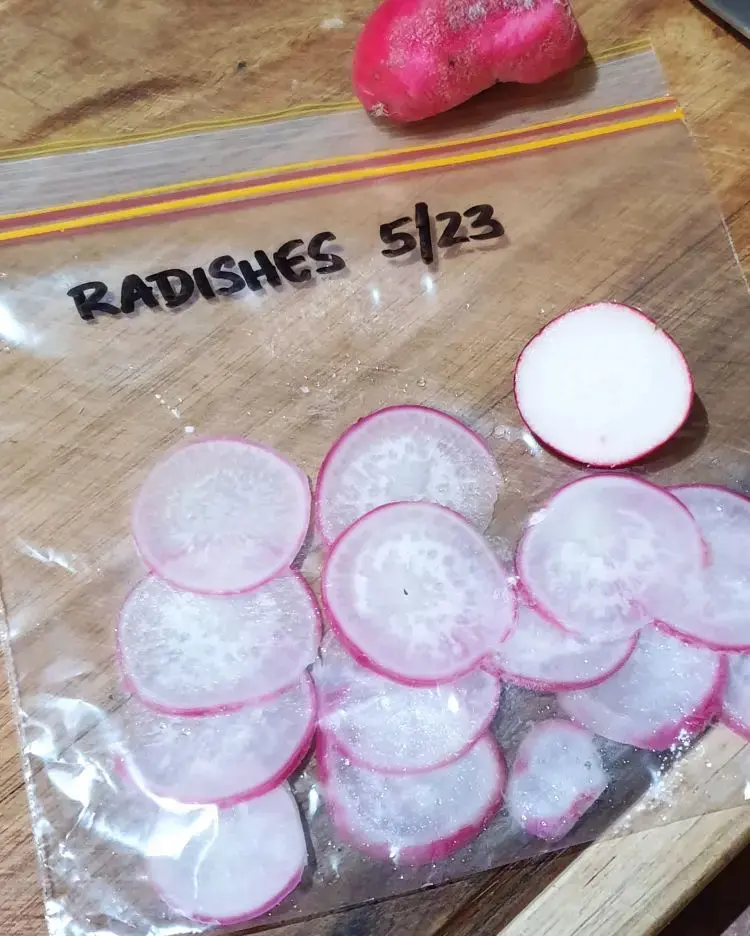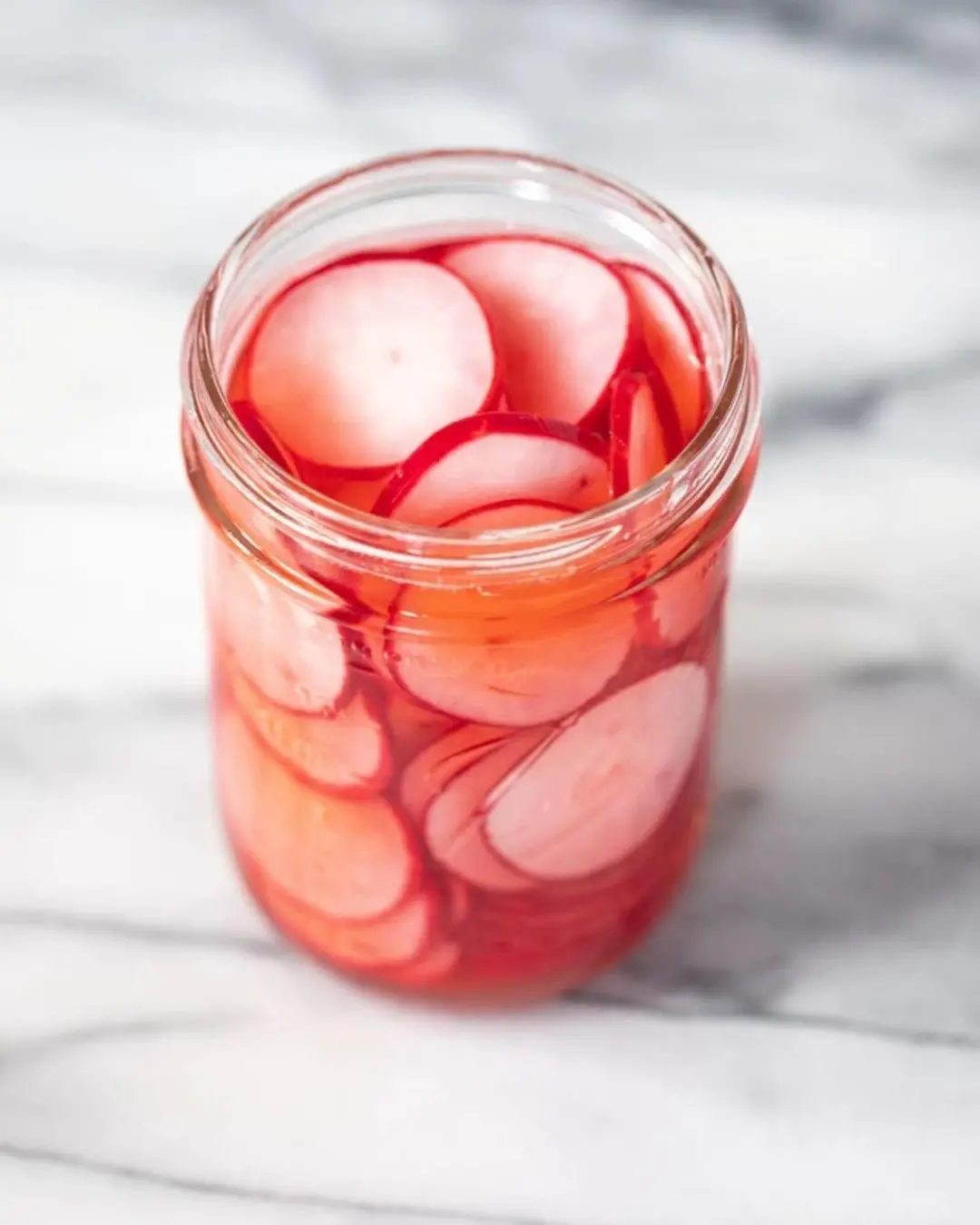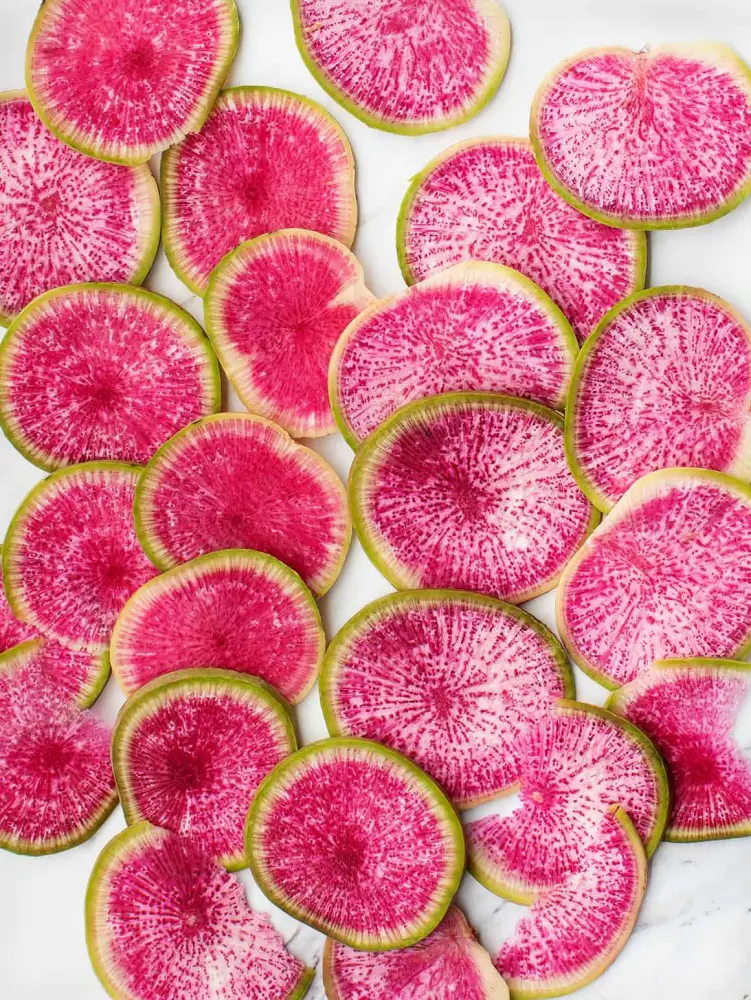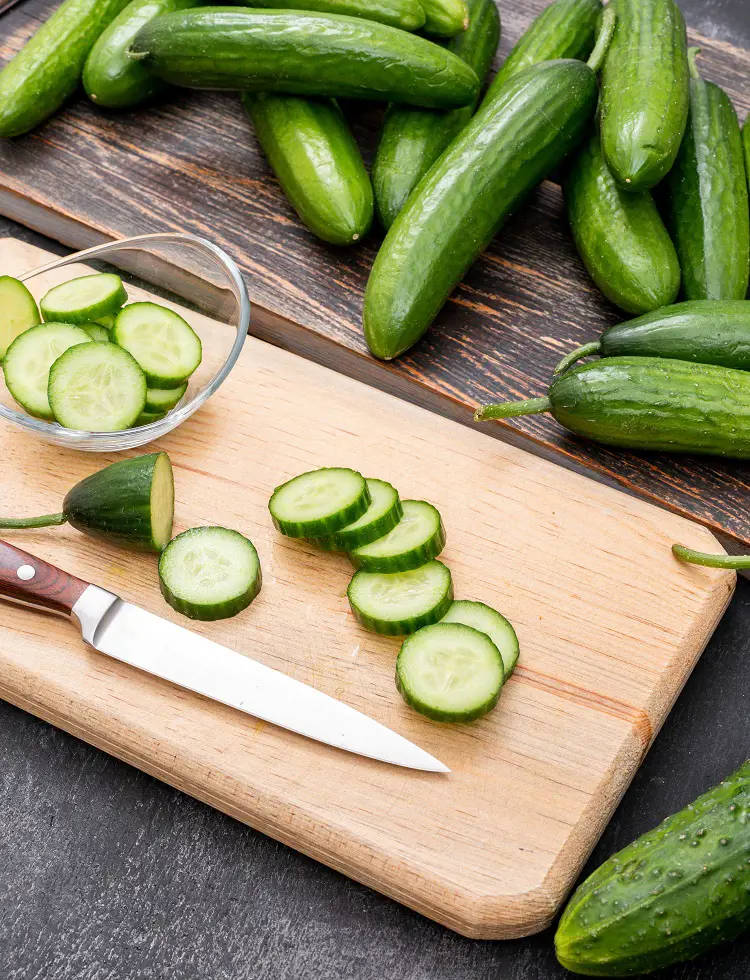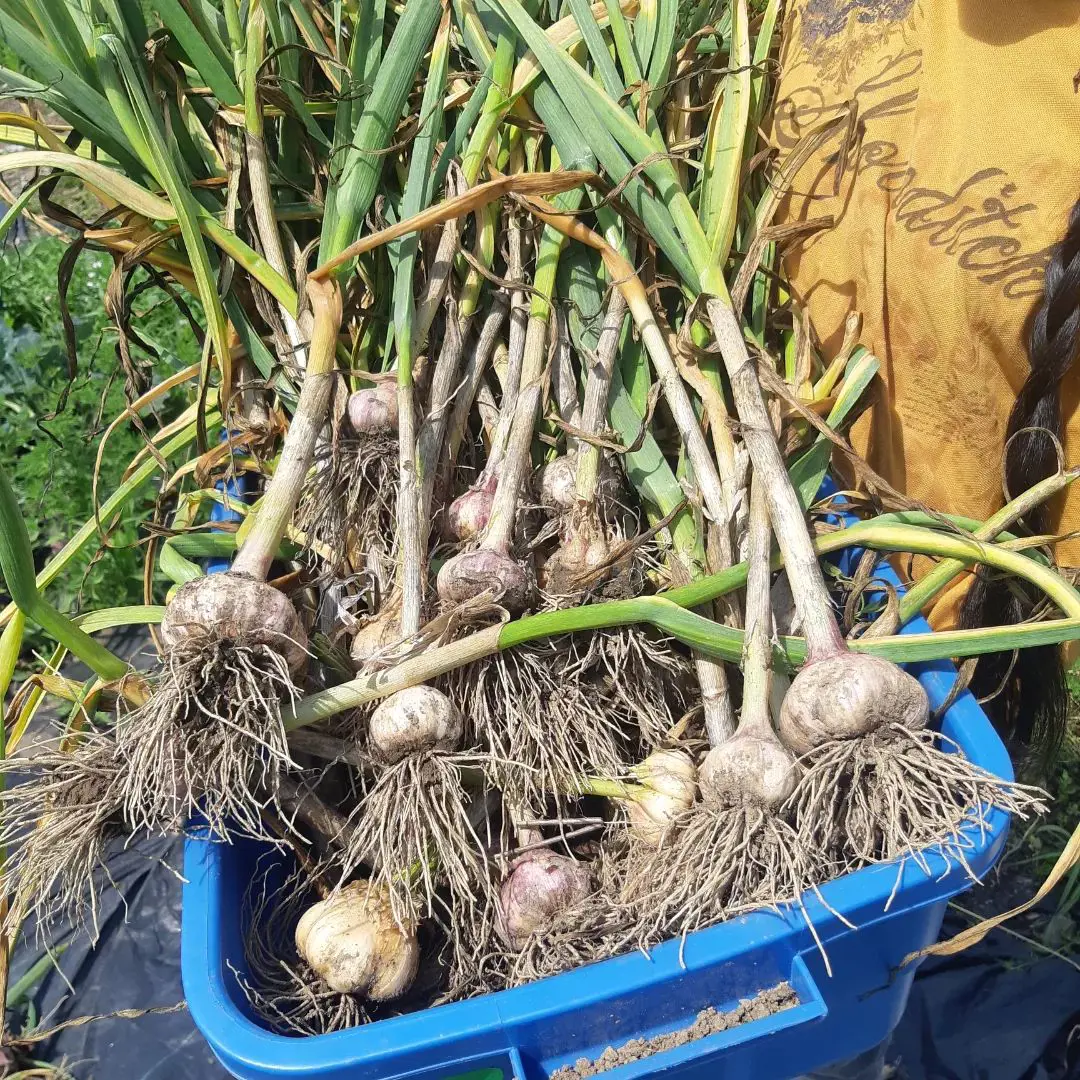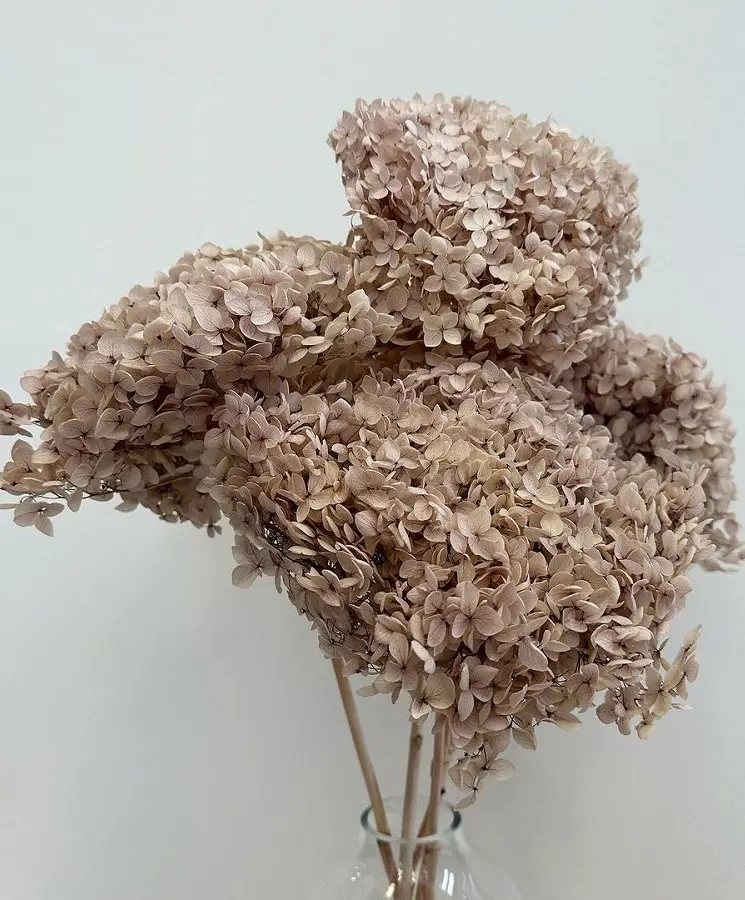1. Store With Plastic Bag in Refrigerator

To store radishes in the refrigerator, place them in a plastic bag. First, trim the greens, leaving about an inch of stems to prevent drying out too fast. Do not cut off the root ends since they are helpful for retention purposes.
Now, rinse these under cold running water in case any dirt or debris is attached to them. Be very gentle and avoid bruising them at all. Then, after cleaning, pat them dry with a clean towel to prevent mold and spoilage. Put the radishes in a perforated plastic bag for air circulation to prevent the building up of excess moisture.
At last, you can store it in your refrigerator's crisper drawer, the compartment having higher humidity levels that are very helpful in keeping radishes fresh. This is pretty fast, easy, and quick but effective in keeping radishes fresh and crisp for two weeks.
